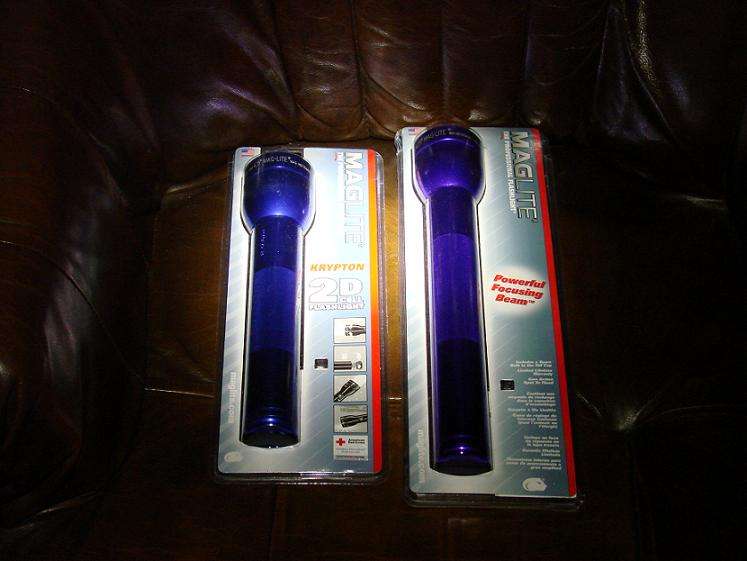Moonshadow
Enlightened
Sorry, but that's not my experience at all.Take both lights outside, and check out dirt, rocks, trees, flowers, and wildlife. The warm tint will most likely look MUCH better, give better depth perception, and better contrast. The pictures available in various posts on the subject give some idea of this, but seeing it for real the difference is HUGE.
Ive compared 2 pretty much identical lights, eagletac P10A2's, one cool, one warm, in an outdoor test.
The cool tended to make everything a bit gray, harder to distinguish details. Also, colors tended to be way off. Red flowers were purple, yellow flowers were very pale. There was very little difference between the colors of rock, dirt, twigs, and dead leaves. Everything was a bit washed out looking.
The warm tint was much better at color. Red flowers were red, yellow flowers were yellow. Much better contrast between rocks, twigs, dirt, and dead leaves.
In order to inject some balance, I use primarily cool WC tinted lights (Q5 Nitecores) outside, and find that colours are rendered just fine thank you.
I have completely normal colour vision and simply do not see this 'washed out' effect.
For me, the cool tints are a crisp, pure white (whereas the warm ones look yellow) and they show outdoor objects such as vegetation, leaves, rocks, flowers and so on perfectly well: good contrast and accurate colour - as they appear in daylight. As a test of artificially coloured objects, I've just shone two different cool tinted lights at our two cars (one red, one metallic blue) and - guess what? - yup, they too, appear exactly the same colour as they do in daylight.
The so-called 'warmer' tints do appeal to some people, but I suspect that what they actually do is to exaggerate the warmer tones like reds and yellows. Very aesthetic, maybe, but I'd rather have my colours accurately rendered.
Now I know how individual and subjective colour perception can be, so if that's not your experience, fine. But I'd rather have a crisp clear pure white light than the yellow or orange ones in the picture above.
Last edited:








